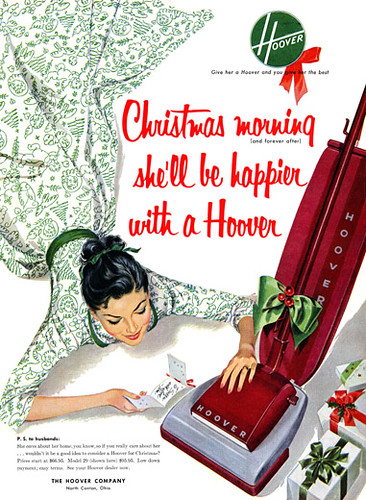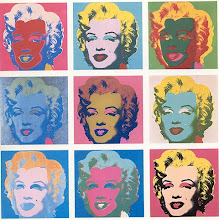I think advertising is much more subtle these days; it’s amazing what advertising creeps into our daily life before we even realize it is actually advertising. In the 50’s and 60’s, it was quite clear-cut what was advertising and consumers, in most cases, were able to recognize and pick out advertisements without much effort. Advertising has spanned into all mediums, and is popping up in just about every place imaginable these days. For instance, product placement has become a commonality in just about every form of entertainment, and most consumers don’t realize the psychological effects of seeing certain brand names displayed in their favourite TV shows or movies. We don’t think about it when we go out and specifically seek out a designer jacket because we saw it in worn in a new movie, or when we go out and buy a certain beverage that we saw someone drinking in a TV show. I think the public has become much more desensitized to advertising messages because we are so inundated with them day in, day out.
Advertising, much like other industries, is not a static industry – it changes with the conditions around it. Society has morphed and changed from what it used to be, with new medical discoveries, rapidly changing technological advancements, new trends and the like. Advertising is an “adjustable” industry with it changing according to what is current and important in the marketplace. One fundamental change between current ads and fifty year old ads is the obvious adjustment to the discovery of the health effects of smoking. To us, it seems unimaginable that doctors used to endorse brands of cigarettes back in the 50’s and 60’s, when now we are exposed to advertising promoting the new “it” product on the market that can help you quit smoking. Quite a turnaround.
 |
| 1950's CAMEL Cigarettes Ad |
 |
| Recent NicoDerm Patch Ad (Note the #1 Pharmacist Recommended Brand) |
Another major difference that most people could probably come up with just off the top of their head is the common female stereotype displayed in many of the fifty-something year old ads. It’s amazing how far we females have come through the eyes of advertising. Women stayed at home, were expected to have dinner on the table when the man got home, raise the kids, clean the house – and all of these things were prominently represented in advertisements back then, such as this one:
 |
| Hoover 50's Ad |
Although we have come a long way, as females displayed in ads, since that time – somehow we can still be displayed as objects through use of sexism. We have gained a lot more respect and aren’t stereotyped as housewives who exist to serve their husbands, but sex sells and females are still “used” a lot in ads through sexual innuendos, etc. So we may have gained some headway, but these sexist ads with females being displayed as sexual objects still put us back a few steps.
Clearly the advertising industry has come a long way in the past half-century. Yes, some stereotypes may still exist, but it is definitely fascinating to track the history and progression of advertising through the past five decades. It’s interesting to see how certain stereotypes have transformed into a whole set of new stereotypes, and how advertising has adjusted to the many technological advancements such as internet, mobile phones, etc. No matter what year it is, 1950 or 2050, I don’t think advertising is an industry that is going away anytime soon. What will never change is the need to reach the public with messages that we hope will ignite desires and needs people never knew they had.
 |
| MADMEL |




